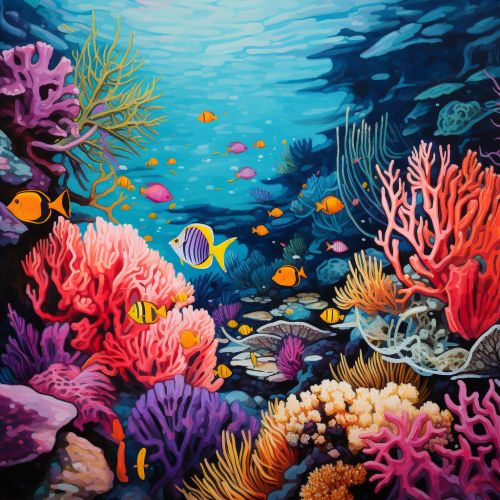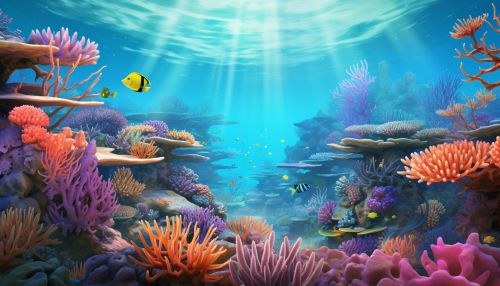The Ecology of Coral Reef Restoration and Artificial Reefs
Introduction
Coral reefs are complex, diverse, and productive ecosystems that provide a variety of ecological services, including habitat for a wide range of marine organisms, protection of coastal areas from erosion and storm damage, and economic benefits through tourism and fisheries read more. However, these ecosystems are under threat from a variety of sources, including climate change, overfishing, and pollution. In response to these threats, efforts have been made to restore damaged coral reefs and to create artificial reefs to replace lost habitat. This article will explore the ecology of coral reef restoration and artificial reefs, including the techniques used in these efforts, the challenges faced, and the impacts on marine biodiversity and ecosystem function.
Coral Reef Restoration
Coral reef restoration involves a range of techniques aimed at repairing damaged coral reefs and promoting the recovery of these ecosystems. These techniques can be broadly categorized into active and passive restoration methods.
Active Restoration
Active restoration involves direct intervention to promote coral recovery. This can include coral transplantation, where healthy corals are transplanted to degraded reef areas, and coral gardening, where corals are grown in nurseries and then transplanted to the reef read more. These techniques require significant resources and expertise, but can be effective in promoting coral recovery in degraded areas.
Passive Restoration
Passive restoration involves efforts to improve the conditions for natural coral recovery. This can include reducing sources of pollution, managing fisheries to prevent overfishing, and protecting areas from damaging activities such as dredging or construction read more. While these methods can be less resource-intensive than active restoration, they require effective management and enforcement to be successful.
Artificial Reefs
Artificial reefs are human-made structures that are placed in the ocean to provide habitat for marine organisms. These structures can be made from a variety of materials, including concrete, metal, and even sunken ships, and can be designed to mimic the complex structures of natural coral reefs read more.
Design and Placement
The design and placement of artificial reefs can have significant impacts on their ecological success. Reefs should be designed to provide a variety of habitats for different species, and should be placed in areas with suitable environmental conditions, such as appropriate water depth and temperature, and low levels of pollution.
Ecological Impacts
Artificial reefs can have a range of ecological impacts, both positive and negative. On the positive side, they can provide habitat for a wide range of marine organisms, including fish, invertebrates, and algae, and can increase local biodiversity. However, they can also have negative impacts, such as facilitating the spread of invasive species, or altering local ecosystems in ways that are detrimental to native species.
Challenges and Future Directions
While coral reef restoration and artificial reefs can be effective tools for promoting marine biodiversity and ecosystem function, they also face a number of challenges. These include technical challenges, such as the difficulty of growing and transplanting corals, and ecological challenges, such as the risk of facilitating the spread of invasive species. There are also social and economic challenges, such as the need for effective management and enforcement, and the costs of these efforts.
Despite these challenges, there is significant potential for future advances in coral reef restoration and artificial reefs. Advances in technology, such as the use of 3D printing to create complex reef structures, and improvements in our understanding of coral biology and ecology, could lead to more effective and efficient restoration efforts in the future read more.
See Also


